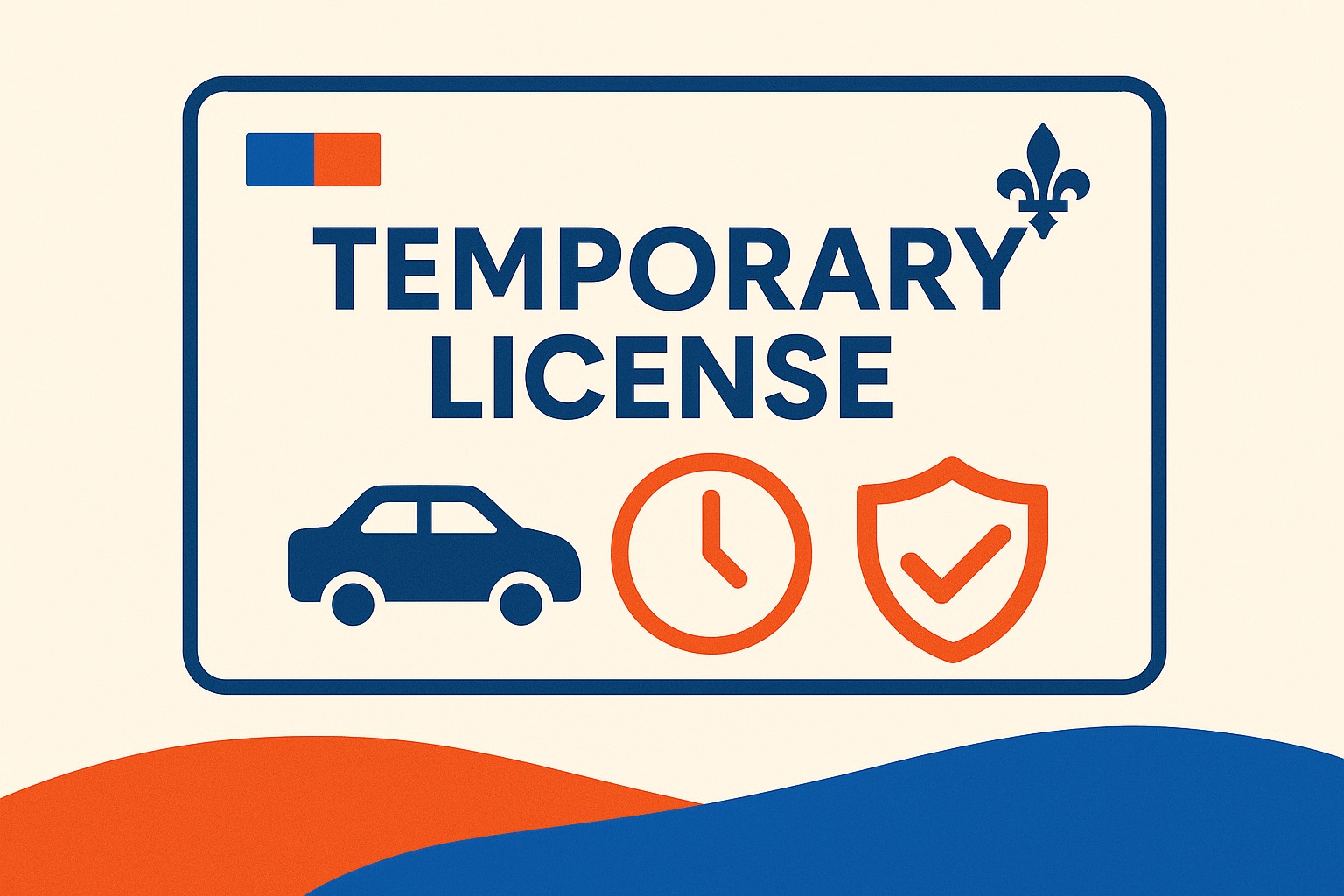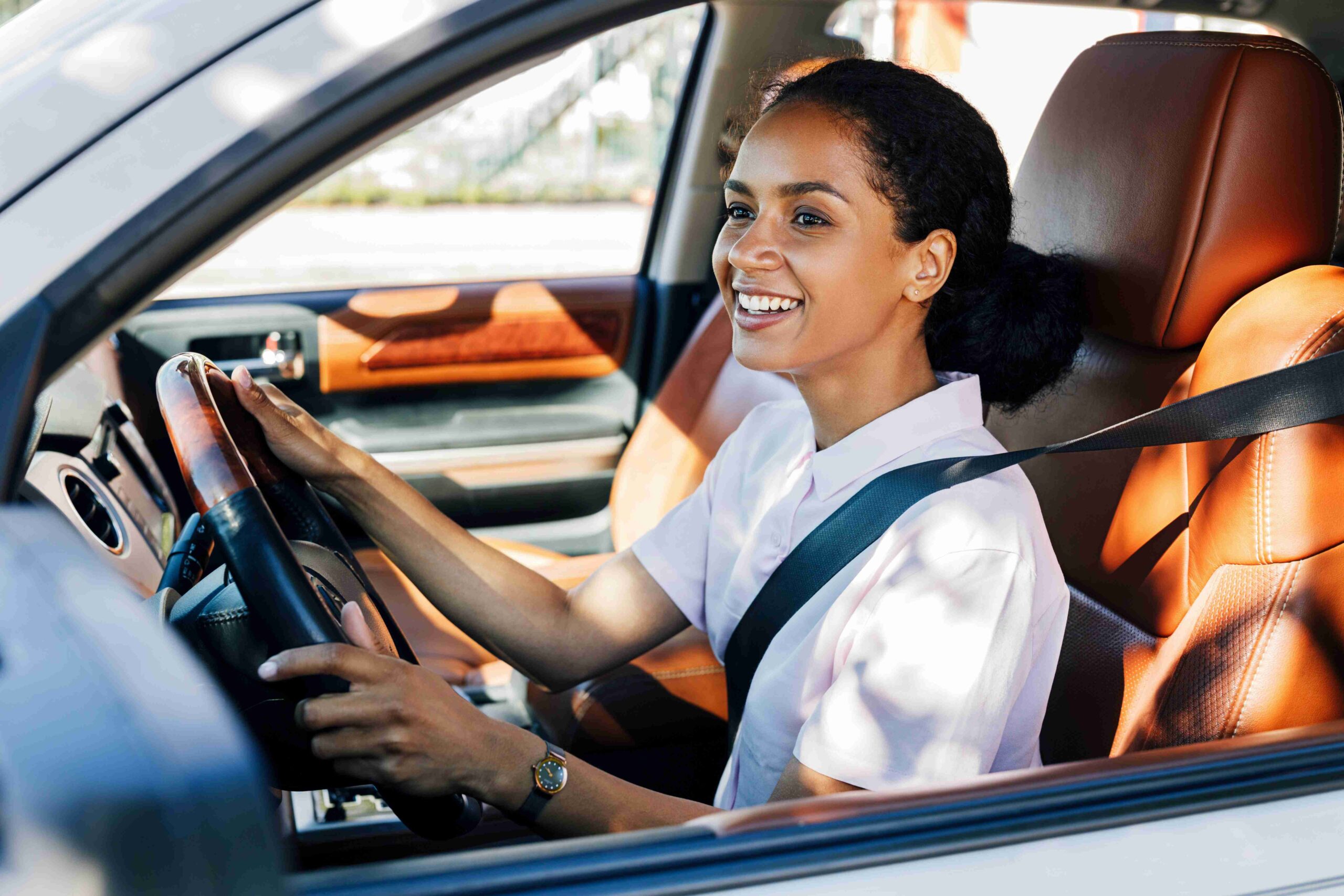Time is running out and your teen is ready to get his driver’s license? Are you ready?
Here are a few tips to prepare you to accompany your student driver.
1. Update your own driving knowledge
First and foremost, obtaining a driver’s license today requires a little more investment of time than it did 20 years ago. Adding certain steps to the process will require you to get your own brief refresher to correctly accompany your student driver. To discover what’s new, consult our page on the steps to obtain a driver’s license .
2. Integrate the course into the family agenda
Your teen must invest time to obtain his license. Together, check his current schedule (work, sports, school, exams to come) to better integrate his driving course into the agenda. And you, do you have time constraints? For a schedule that suits you both, you will need to build it together!
3. Be a good driving model
Your child has been watching you driving for years! Be aware of your attitude behind the wheel. Are you calm or reactive? It’s time, more than ever, to set an example. Don’t forget, your goal is to help him adopt responsible driving behavior and become a good driver, one that you would like to meet on the road.
4. Address the safety issues
Obtaining a driver’s license is a big step towards independence for your teen. Of course this step involves some stress for you: his possible texting, drinking and driving, speeding…this is only normal! It’s all the more important to address these issues and strengthen the trust between the two of you. How? Start by establishing a contract! For example, it may contain points, such as committing to being courteous when driving, never driving under the influence of alcohol or leaving the cell phone by your side in the car. Both of you will sign the contract to make it official. This agreement will allow you to set guidelines and refer to them as needed.
5. Establish rules for contingencies
Establishing a code with your future driver comprising simple rules is a good thing. Your teen can apply these rules in case of unforeseen circumstances. For example, what to do when losing control? When pulling over onto the shoulder? When slowing down? Establishing certain guidelines will help to prevent and better manage contingencies. Remember, your role as an accompanying driver is to help the new driver anticipate danger and better maneuver his car.
6. Communicate calmly and clearly
Communication is essential to the success of your team. Stay calm during your interventions. On the road, clear explanations and concrete examples are preferable. Your experience brings on certain automatic responses that your child does not yet have! Putting on the flasher, looking before changing lanes, checking blind spots…these reflexes are not innate among student drivers. Don’t forget this.
7. Acquire good reflexes as an accompanying driver
Accompanying a student driver requires being ready to react quickly. You must be as attentive to the road as when you are driving. To prepare yourself well, this part will be explained to you in detail by Tecnic during module 6 when parents are invited to attend with their teens. Parking maneuvers will be addressed as well as good reflexes in case you need to intervene.
8. Always stay calm
In all situations, breathe deeply and remain calm! This applies to both you and your student driver. Learning to manage a vehicle is a stressful process. To help you, first identify your own insecurities and your teen’s then talk this over together! Even if it’s difficult for you, trust him for the rest! Your teen has acquired excellent driving habits throughout his training. As they say, trust comes with practice and time!
9. Regulate the outings
Keep in mind that you are THE guide to his learning how to drive! Respect his pace and offer him to drive in situations where both of you will feel at ease. For example, go to a parking lot to test some basic maneuvers. This is a good way to build trust in each other. Gradually, vary the scenarios, weather conditions and even different types of pavement.
10. Do your best
There is no rule about the number of hours recommended to practice with your teen. Just as there is no recipe for being a good parent! However, some experts recommend 50 hours of accompanied driving, or traveling between 3000 and 6000 km in a variety of situations to master driving a vehicle. So far, you’ve done your best by exposing your student driver to different situations in life, and it’s the same principle for driving on the road. You have managed to make your child autonomous as he is about to get his license! There is no doubt that he will get the support needed to obtain his driver’s license.
nbsp;
Now that you are ready to create a winning team, all you have to do is register your teen online and effectively fulfill your role as an accompanying driver.



